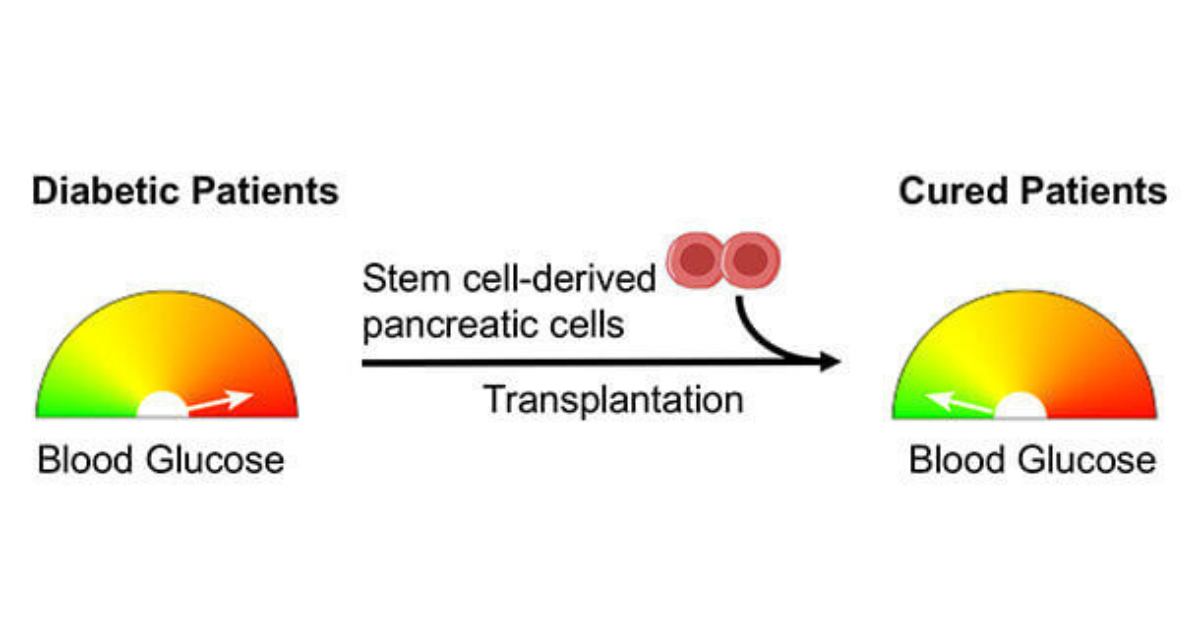Stem Cell Therapy for Diabetes in India: A Promising Breakthrough
Diabetes is a growing health concern globally, with India being one of the countries most significantly impacted by this chronic condition. Characterized by elevated blood sugar levels, diabetes results from the body’s inability to produce adequate insulin or use the insulin it does produce effectively. Traditionally, diabetes management has included medications, insulin therapy, and lifestyle changes. However, a breakthrough treatment, Diabetes Stem Cell Therapy India, has emerged as a potential game-changer, offering an innovative approach to diabetes care.
The Science Behind Stem Cell Therapy
Stem cell therapy leverages the regenerative power of stem cells—specialized cells capable of transforming into various cell types. When applied to diabetes, the focus is on regenerating or replacing the beta cells of the pancreas, which are responsible for producing insulin. In both Type 1 and Type 2 diabetes, these cells can become damaged or destroyed, leading to the need for insulin therapy.
Types of Stem Cells Used in Treating Diabetes
Three types of stem cells are typically used in diabetes treatment:
- Embryonic Stem Cells: These pluripotent cells have the ability to develop into any cell type, including insulin-producing beta cells.
- Adult Stem Cells: Derived from the patient’s own body, these multipotent cells can differentiate into specific cell types, such as mesenchymal stem cells (MSCs), known for their role in reducing inflammation and supporting tissue repair.
- Induced Pluripotent Stem Cells (iPSCs): These are reprogrammed adult cells that exhibit pluripotency, opening new possibilities for treating diabetes with fewer ethical concerns than embryonic stem cells.
In Type 1 diabetes, the goal is to replace the damaged beta cells in the pancreas, while for Type 2 diabetes, the focus is on improving insulin sensitivity and restoring the function of existing beta cells.
How Stem Cell Therapy Works for Diabetes
For both types of diabetes, stem cell therapy offers the potential to regenerate beta cells and enhance insulin production.
- Type 1 Diabetes: The therapy works by introducing stem cells that differentiate into healthy beta cells, effectively restoring natural insulin production.
- Type 2 Diabetes: The therapy aims to improve insulin sensitivity and restore the function of remaining beta cells, reducing the need for insulin injections.
The Process of Stem Cell Therapy
Stem cell therapy for diabetes typically involves several steps:
- Initial Evaluation: A thorough assessment of the patient’s medical history, diabetes type, and overall health is conducted to determine eligibility for stem cell therapy.
- Stem Cell Extraction: Depending on the type of stem cell treatment, stem cells are either harvested from the patient’s own body (adult stem cells) or sourced from other methods, such as iPSCs.
- Cell Administration: Once prepared, the stem cells are either infused intravenously or injected directly into the pancreas. The method of administration depends on the individual’s needs and treatment plan.
- Post-Treatment Monitoring: Following the therapy, patients are carefully monitored to evaluate progress and improvements in insulin production or sensitivity.
Benefits of Stem Cell Therapy for Diabetes
The potential advantages of stem cell therapy in managing diabetes include:
- Reduced Dependence on Insulin: Some patients, especially those with Type 1 diabetes, may experience a significant reduction in insulin requirements, with some even achieving insulin independence.
- Decreased Risk of Complications: By regenerating beta cells or improving insulin sensitivity, stem cell therapy may lower the risk of complications associated with diabetes, such as kidney damage, cardiovascular issues, and nerve damage.
- Personalized Treatment: Stem cell therapy can be tailored to each patient’s specific condition, resulting in a more individualized and potentially more effective treatment plan.
Challenges and Considerations
Despite the promising potential, stem cell therapy faces a few hurdles:
- Cost: Stem cell treatment is often expensive, and many insurance policies may not cover the costs.
- Limited Accessibility: While India is at the forefront of stem cell research and treatment, the therapy remains limited to certain specialized clinics and research institutions.
- Long-Term Efficacy: As research in this field continues, more data is needed to confirm the long-term safety and effectiveness of stem cell therapy for diabetes.
The Future of Stem Cell Therapy for Diabetes in India
India is rapidly emerging as a leader in stem cell research, with a growing number of clinical trials and significant advancements in medical technologies. With ongoing studies and refinement of treatment techniques, stem cell therapy could soon become a standard treatment for diabetes, offering new hope to millions of patients in India and beyond.







